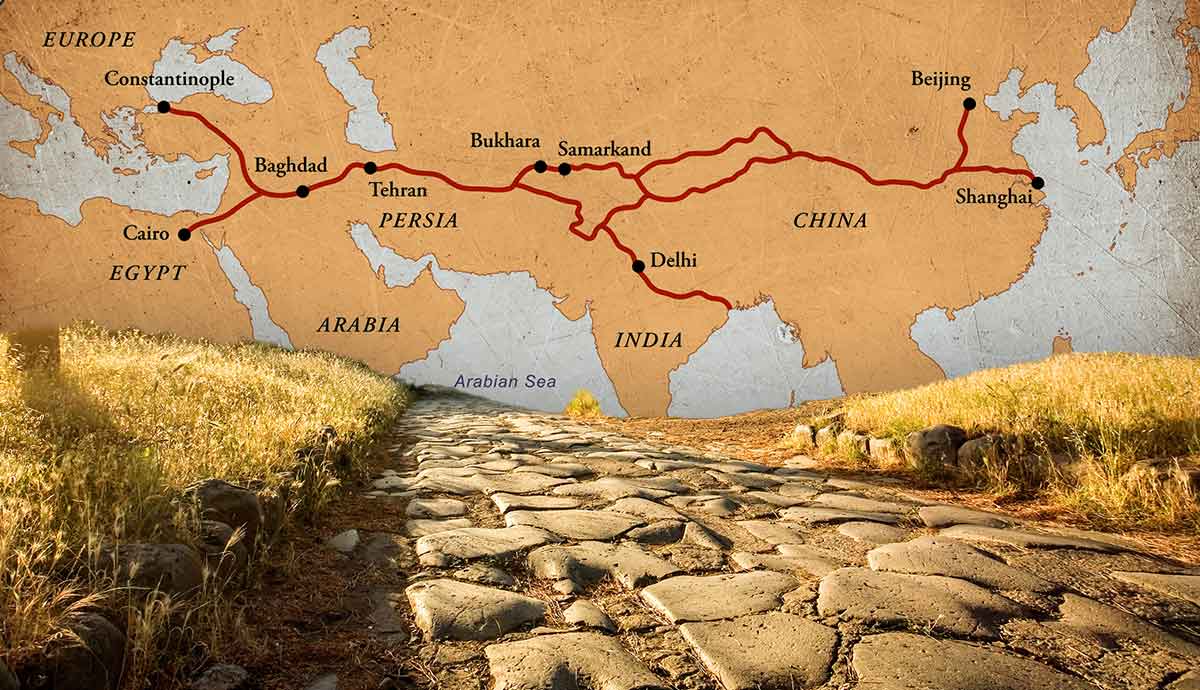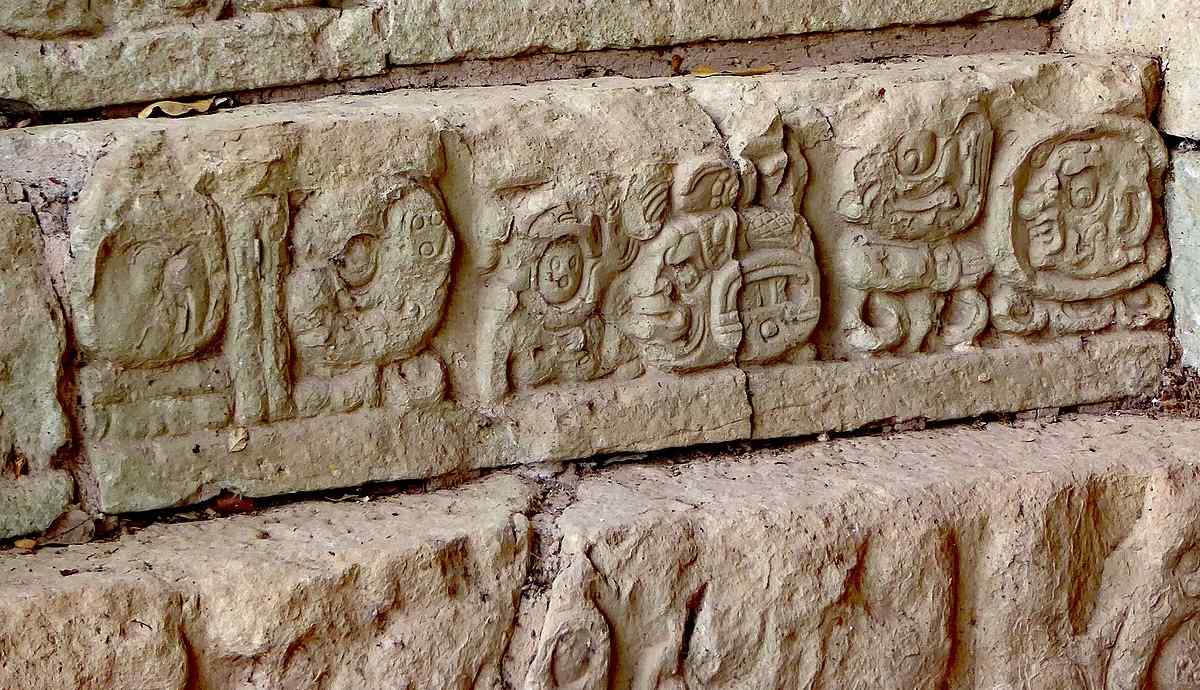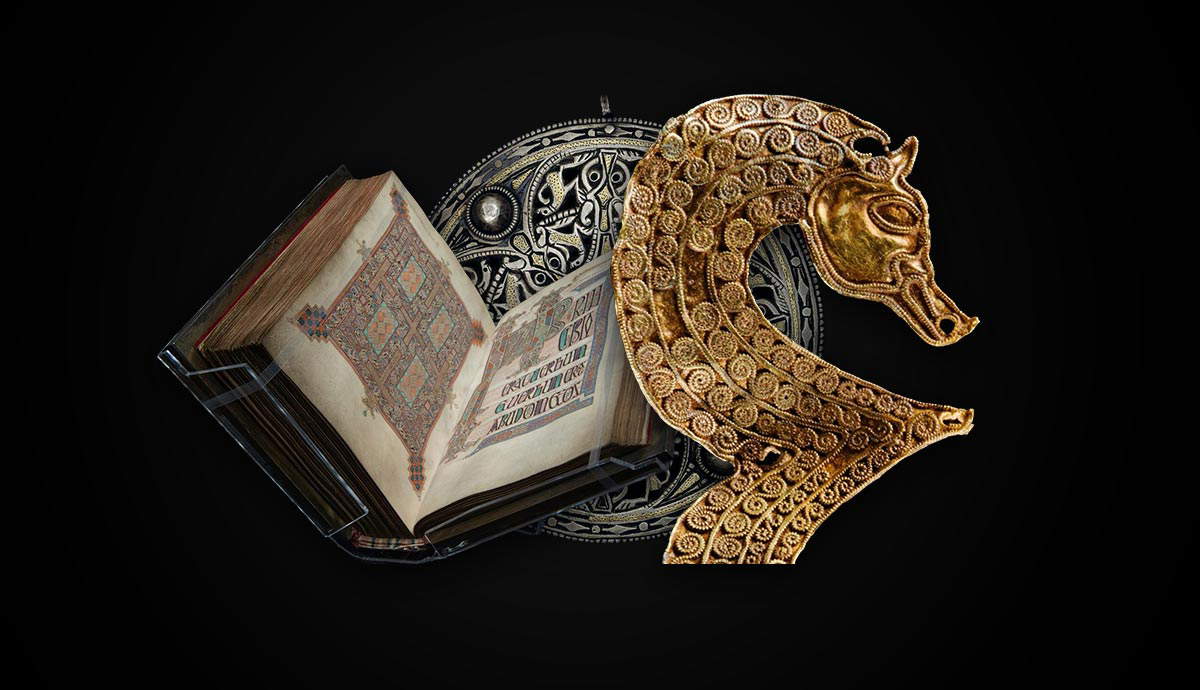
The position of human beings as the species at the top of the food chain is undeniable. We have adapted to live across the entire globe and turned ourselves into apex predators wherever we have gone.
This dynamic did not happen overnight, however. It took millions of years of evolution to produce the traits that gave us an evolutionary edge over our competitors. During that time, we fought to survive and endured the hardships that nature threw at us. We even barely survived an extinction event that reduced the human species to just a few thousand individuals.
But we did survive. And we turned ourselves into the most successful animal on the planet. We now control the fate of the entire world. But how did this happen? It wouldn’t have been possible without the unique traits that make us human. Here are 6 traits of human evolution that took us to the top of the food chain.
1. Bipedalism

Although many animals, such as birds and their dinosaur ancestors are or were bipedal, the ability to stand upright and walk on our two hind legs brought with it a host of advantages that guided human evolution.
Not only was it more energy efficient, but it also exposed less of our body to sunlight. Walking upright also meant that we could see farther over the tall grasses of the savannah.
Bipedalism also guided our evolutionary hunting style and made way for the further evolution of other things, which gave us advantages over other animals. Perhaps the most important of these things was the freeing up of our arms and hands, which allowed us to concentrate on and interact with things with skill and focus in a way we could not have before.
2. Loss of Fur, Sweating, & Long-Distance Running

Around 1.2 million years ago, our ancestor Homo erectus began to lose the fur that had, until then, covered most of the body. The reason this happened is debated, but prevailing theories mark it as an extremely important event in human evolution. The most prevalent and widely accepted theory is that a change in lifestyle brought it about.
Homo habilis was an omnivorous scavenger, but Homo erectus started hunting. This need to hunt meant we came down from the trees and left our arboreal habitat. The open plains of the savannah were hotter, and for humans to hunt, we needed particular adaptations. As bipeds, we lacked the speed that quadrupeds were capable of, and our main mode of hunting became that of persistence hunting – a method still practiced today.
Running for hours in the African sun meant we needed a special way to cool down. Not only did we lose virtually all our fur, but we developed sweat glands across all our naked skin. Together with our bipedalism, this combination of factors turned human beings into the animal with the most endurance for long-distance running.
While our prey might have been faster, we could track them and keep going until they tired out and collapsed from heat and exhaustion.
When it comes to long-distance running, few animals can match human beings. Wolves and horses are particularly good, but even they cannot beat us as the best marathon runner in the animal kingdom.
3. Hands

The human hand is an evolutionary masterpiece. The flexibility achieved by the presence of an opposable thumb has increased over the millennia, giving humans the most precise biological tool for physical manipulation in the entire animal kingdom. Throughout prehistory, to the dawn of the Homo genus, our hands were the tools by which we shaped objects around us, turning them into the ideal tools for creating weapons and other helpful implements. As our brains grew, so did our desire to use our hands for increasingly more complex activities. But it is not just the finicky ability to write or to thread a needle that makes our hands so special.
Human evolution bestowed upon our hands many other advantages. Our hands, and especially our fingertips, are very sensitive. We can feel pressure, detect temperature changes, and analyze an object’s consistency just by touching it. For blind people, the hand is an invaluable sensory organ that allows them to experience the world in detail; braille is a testament to this. The ability to distinguish and make sense of patterns of raised dots is an incredible evolutionary achievement.

We also use our hands for communication. And it’s not just the multitude of sign languages that are in use today, but also basic gestures of hand and arm movements when talking convey ideas and emotions. One of the more interesting examples of communication via our hands is the ability to raise the middle finger!
In addition to the precision movements and delicate sensory abilities that make our hands so special, humans are the only apes that can ball their hands up into an effective fist. Coupled with our amazing ability to throw, our hands become effective close-combat weapons when needed.
Although an unarmed human doesn’t stand much of a chance against a lion, a shark, or even a particularly angry badger, our hands and the precise movement we can make with them have saved countless lives. Many predators have thought twice about attacking us upon receiving a nasty blow to the nose or a vigorous jab to the eye.
4. Speech & Language

Unlike many animals with vocal cords that can easily produce sounds, humans evolved the unique technique of using our tongues to adapt our vocalizations into speech, eventually becoming fully-formed and extremely complex languages. The ability to use our tongue in conjunction with other parts of our mouth means that we are able to produce fricatives, stops, and plosives (consonants) that other animals simply cannot reproduce. Some birds can reproduce these sounds through other means, but it is nowhere near as complex as the range of sounds that human beings can make.
When Homo habilis first started making tools, the results were crude. Rocks were hit together until a flake in the shape that they wanted fell off the lithic core. There was no careful planning or complex design features. As our brains evolved, our cognitive abilities to plan ahead meant that we could create more complex tools. These tools were critical to survival, and the development of language meant that we could teach others how to make these tools. Language allows us to retain knowledge through generations. That knowledge could be built upon generation after generation until our skills, techniques, and tools became so advanced that they helped us become the apex predators in every environment in which we lived.

Human beings are also extremely social animals. Our social habits demanded a way for us to communicate effectively, and in turn, our effective communication helped our societies become stronger. As societies become more complex, our social habits demand even more effective communication. This feedback loop has a powerful effect on human evolution.
And it’s not just with speech that we communicate. Our faces have 43 muscles involved in communicating emotions. We are capable of making around 10,000 facial expressions, each one communicating something slightly different and with each one displaying a certain form of anger, happiness, sadness, or one of the other core emotions.
Most of this facial communication happens subconsciously without us realizing we’re making the expressions or reading someone else’s expression. What this means, however, is that without even knowing it, we are helping each other to understand each individual and, in doing so, create a better functioning society.
The ability to communicate silently through gestures also aided in hunting. We were and still are able to cooperate and function as a highly organized group without making a sound.
5. Throwing

Unless you’re a professional athlete, it may seem that the ability to throw things is not such an important factor in human evolution, but as we go back in history and into prehistory, we find that being able to throw things becomes more and more important to human survival.
Although other apes and monkeys are able to toss things about (usually feces), they come nowhere close to being able to do so with the speed and accuracy that humans are capable of.
It all began millions of years ago in a process that saw a series of physical changes begin. The shoulders widened and lowered. The waist expanded. The humerus changed position.
All of these developments came together in Homo erectus about 2 million years ago, allowing our ancestors to throw objects (usually rocks and spears) with enough speed and accuracy that the end result was death for the target.
The ability gave us a highly effective defensive and offensive range that no other animal was capable of.
6. Intelligence: Human Evolution’s Coup de Grâce

There is no (academic) debate that human beings are the most intelligent animals on this planet. Our cognitive abilities are streets ahead of any other animal and allow us to conceive things of immense usefulness, beauty, and power that have defined human culture and, indeed, led us to civilization. Our minds have given us the ability to create and destroy on such a massive scale that we now have the ability to wipe out all life on the planet.
Intelligence is an unsurprising feature on this list. It has allowed us to manipulate the world around us and create the tools that we needed to mitigate the strength and speed advantages that other animals had over us. Our brains helped us socialize and cooperate. They guided the possibilities within our advanced hands and prompted us to make spears and control fire. They helped us to learn from our mistakes and learn from our elders, enabling us to pass down information from generation to generation. With each generation, our knowledge expanded, making us more and more powerful as time went by.
Unlike other animals, we could envision and imagine the future. The edge this gave us in evolutionary terms was unrivaled, as it allowed us to visualize the creative possibilities contained in a simple rock or a log.

Human evolution has given us power over virtually everything on this planet. From the first instance of flintknapping to putting satellites in space and destroying entire cities with a single spark, human beings truly have won the position of being the most successful and deadly species on the planet. In the competition for survival, we undoubtedly won. But it wasn’t a quick and easy victory. It was a combination of intelligence and physical traits that gave us the ability to recreate nature and turn reality to our advantage.
The biggest danger to the human species now, sadly, is itself.










